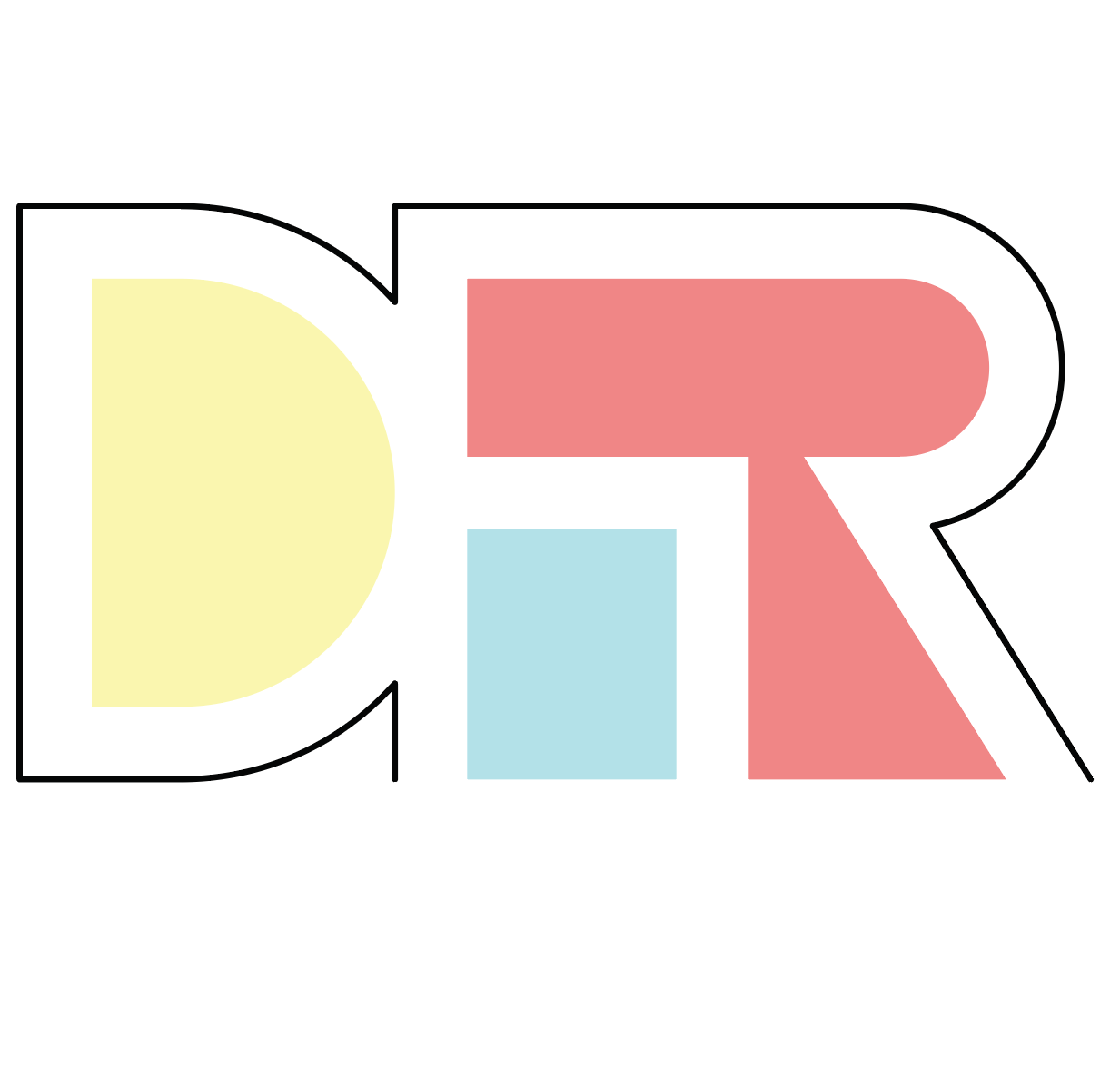JUMBLE: a modular plant organizer.
This product was created by two Environmental Design students at the University of Colorado in Boulder. Daniel Rubenstein and Cody Thurston are similar in their passion for design, but differ greatly in their approach to design problems. The project started off with an unknown direction and had many iterations before the final production of JUMBLE. The ideology of the collision between a digitally produced synthetic component and a biological one was the philosophy from the start. The system of growing plants in an organized structure came out of the failure of the first exploration. The feedback from admirers was geared around the excitement for the recreational growing aspect of the project. With a nudge from the audience, the design began to shift towards an indoor growing apparatus that was structured, organized, and playful. Daniel and Cody spent time testing prototypes in greenhouses to understand the amount of growing medium necessary for a successful product. The final design came from the growing success of a simple mug, compared to the complex struts explored before. The form of a truncated octahedron came from the molecular structure, and common geometry associated with water - good ol’ H2O. Casting aside complicated nodes that connected all of the pods together, an alternating magnetic program was created to allow the user an intuitive, and creative experience. JUMBLE took the form of a user-friendly, playful, and modern alternative to standard indoor plant pots.
This product was created by two Environmental Design students at the University of Colorado in Boulder. Daniel Rubenstein and Cody Thurston are similar in their passion for design, but differ greatly in their approach to design problems. The project started off with an unknown direction and had many iterations before the final production of JUMBLE. The ideology of the collision between a digitally produced synthetic component and a biological one was the philosophy from the start. The system of growing plants in an organized structure came out of the failure of the first exploration. The feedback from admirers was geared around the excitement for the recreational growing aspect of the project. With a nudge from the audience, the design began to shift towards an indoor growing apparatus that was structured, organized, and playful. Daniel and Cody spent time testing prototypes in greenhouses to understand the amount of growing medium necessary for a successful product. The final design came from the growing success of a simple mug, compared to the complex struts explored before. The form of a truncated octahedron came from the molecular structure, and common geometry associated with water - good ol’ H2O. Casting aside complicated nodes that connected all of the pods together, an alternating magnetic program was created to allow the user an intuitive, and creative experience. JUMBLE took the form of a user-friendly, playful, and modern alternative to standard indoor plant pots.
